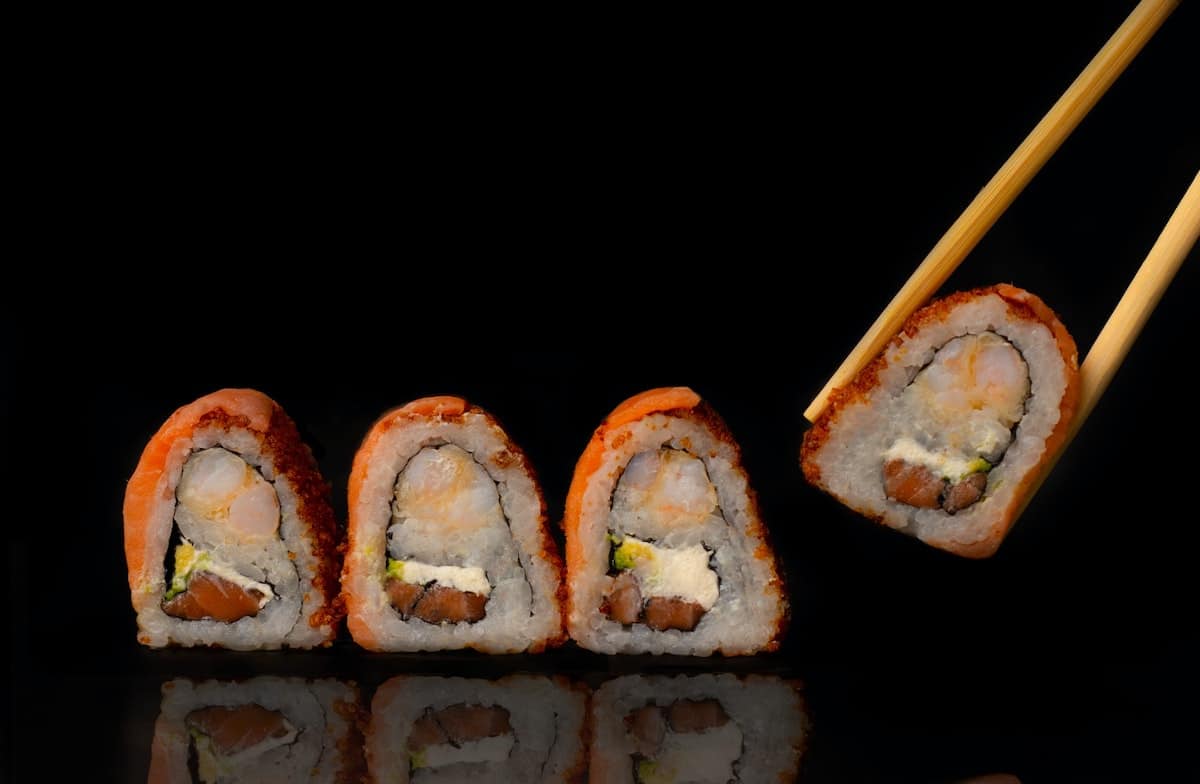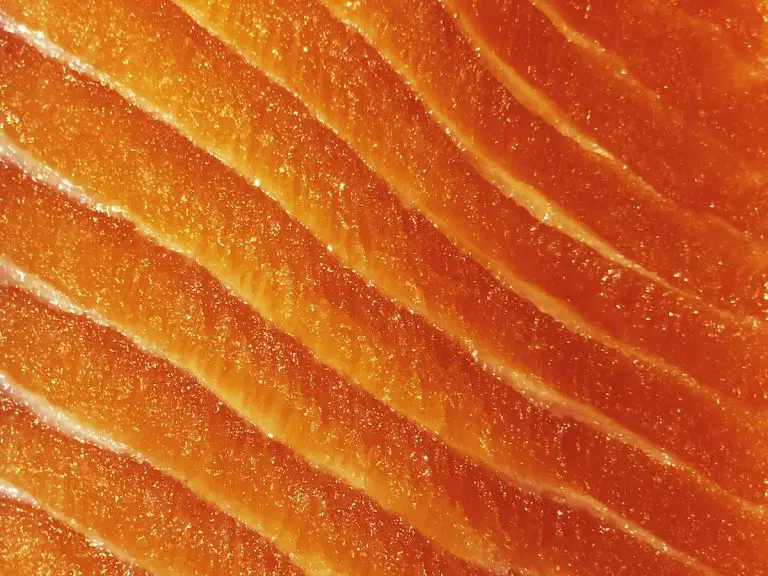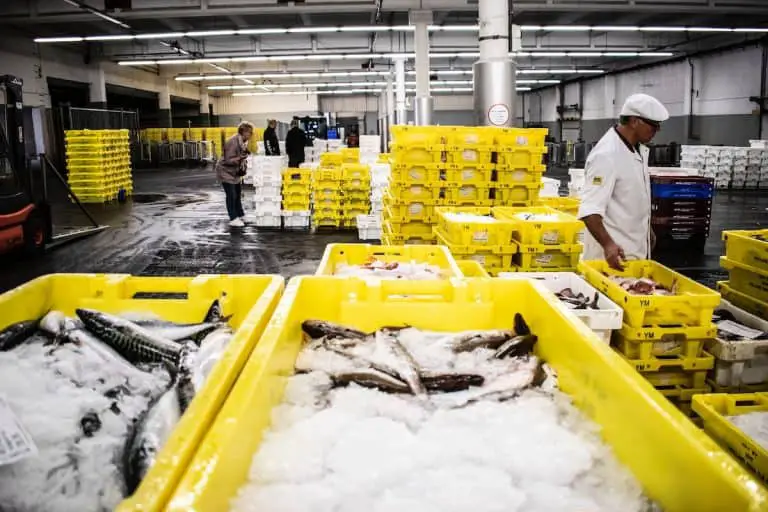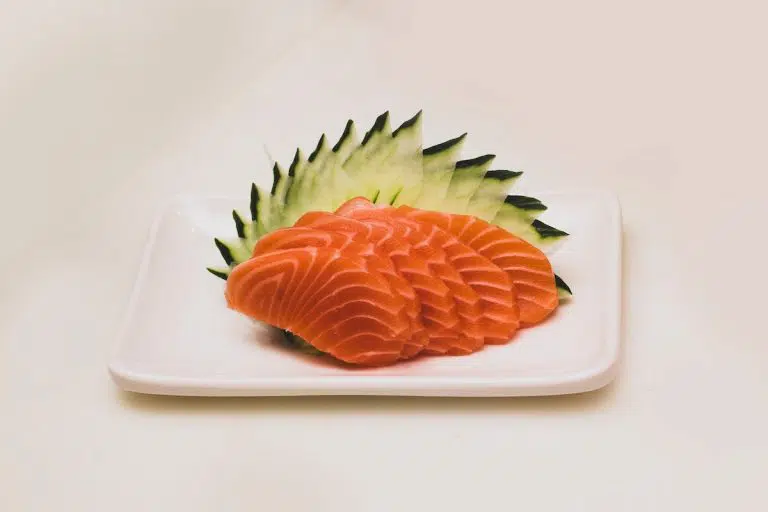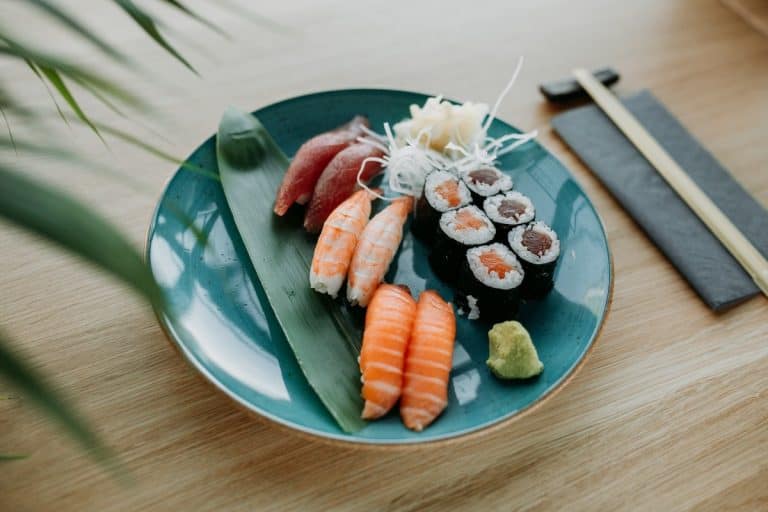Sushi is a hugely popular Japanese cuisine that is a hit with people all over the world. Sushi is a fast and enjoyable snack or meal that you might appreciate. There are several distinct types of sushi and preparation methods, each with its own set of flavors and characteristics. So what exactly is sushi?
What is sushi?
In Japanese, the word sushi means “sour rice” (that’s because the rice is traditionally moistened with rice vinegar). In fact, sushi evolved over time — it comes from the word “su-meshi.” “Su” means vinegar and “meshi” in this context means “rice.” However, over time su-meshi got shortened to “sushi”.
Most people outside of Japan automatically associate raw fish with sushi because most Japanese restaurants serve raw seafood dishes like sashimi, but there are plenty of different types of sushi which include items such as crab meat, octopus, eel, squid, sea urchin, etc.
The highest quality and freshest fish is usually reserved for sushi and sashimi. These cuts of fish are usually marketed as “sushi grade” fish and they can be bought locally in most cities or ordered online.
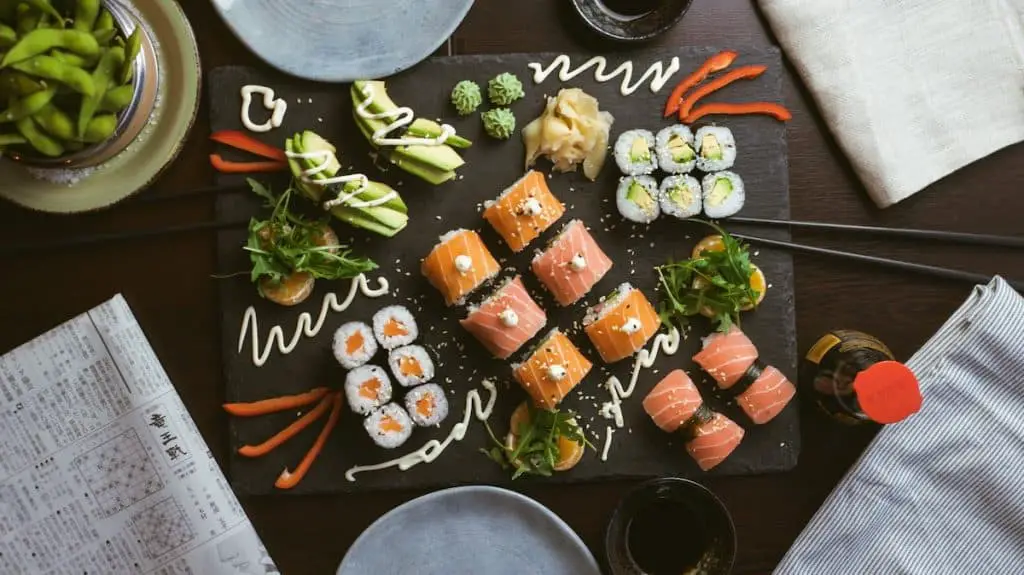
The history of sushi
Sushi was first made in southeast Asia to extend the shelf life of fish by putting it in fermented rice. According to a Chinese dictionary from the 4th century, if you search for what is sushi, you’ll find that it’s pickled fish with rice and salt. People discovered that salted fish placed into fermenting rice underwent a pickling process and was preserved.
Sushi of this sort was developed first. Lactic acid bacteria are discharged when cooked rice begins to ferment. The salt interacts with the bacilli to turn the fish pickled.
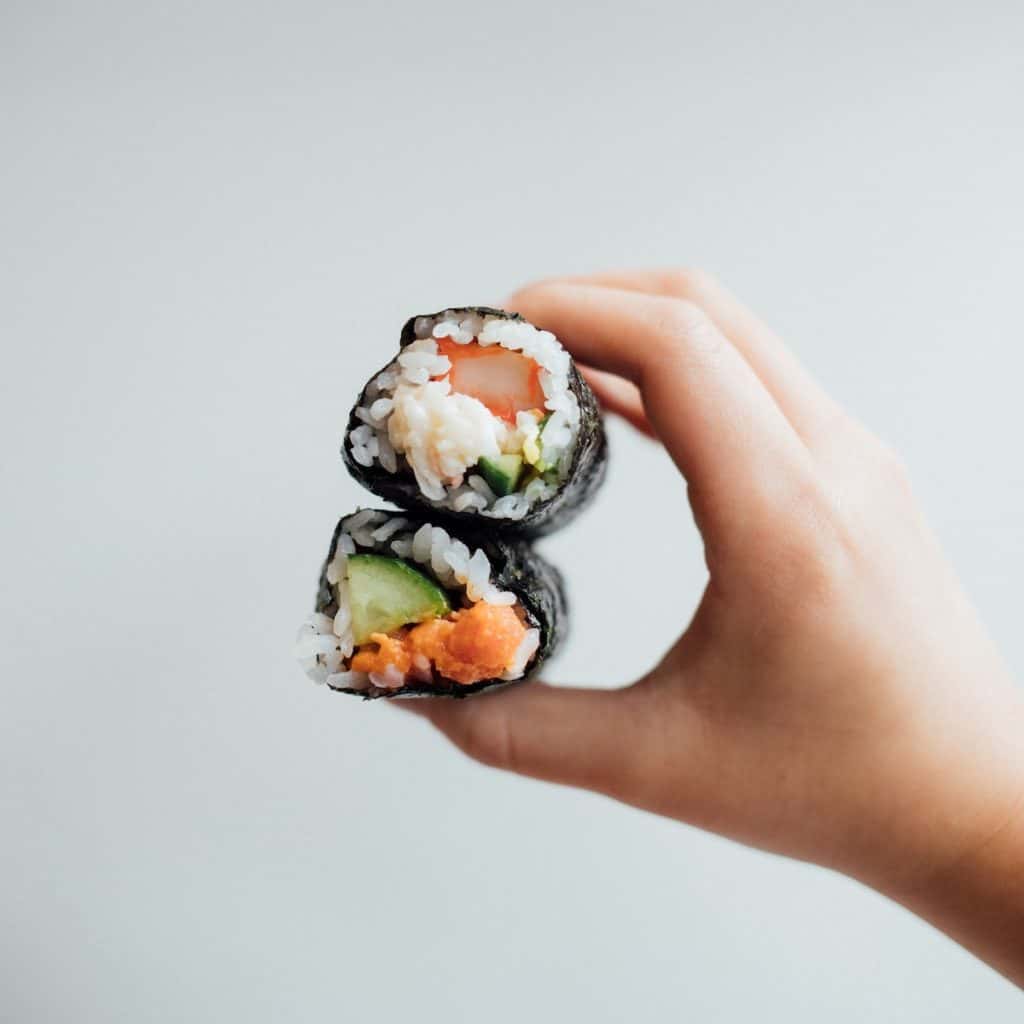
How is sushi made?
Sushi is a Japanese dish that features tiny pieces of raw fish wrapped in rice and seaweed. The seaweed, known as nori, is gathered using submerged bamboo nets. Sushi produced by robots isn’t as good as hand-made sushi. The best sushi is created by selecting certain types of fish with the highest fat content, color, and overall appearance.
The sushi chef chops the fish into tiny pieces and combines them with spices such as ginger root. To flavor sushi rolls, wasabi and soy sauce are frequently employed. The rice used to wrap the fish and spices is flavored using a vinegar produced from fermented rice. Finally, some of the nori is added to the roll.
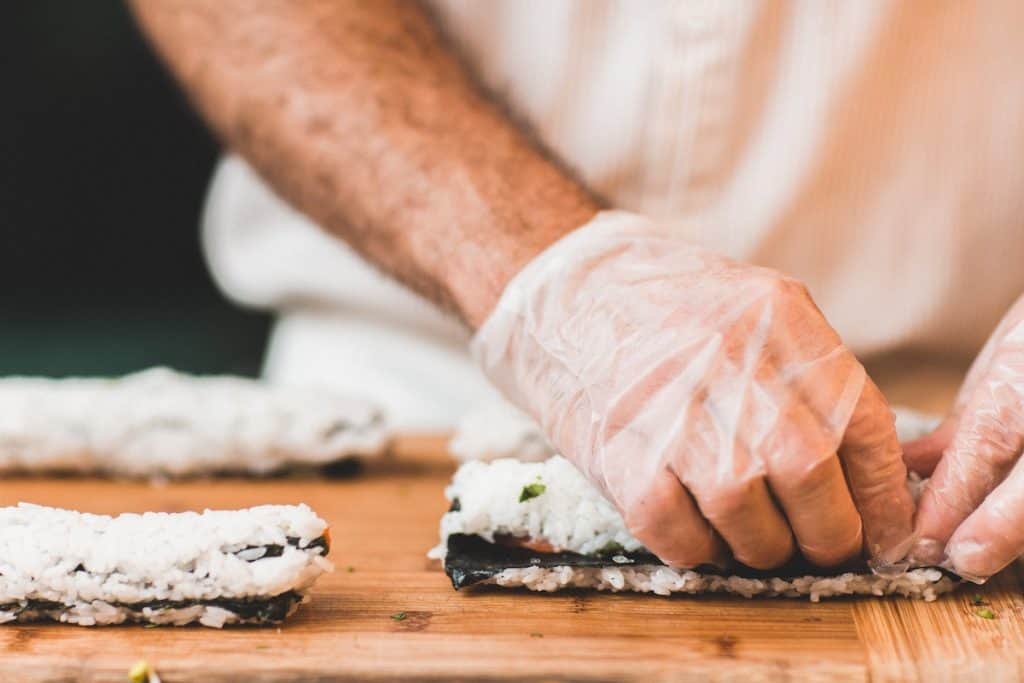
The different types of sushi
There are many different types of sushi and methods of preparation.
- Nigiri – A topping of fish served on top of sushi rice
- Maki – Fish surrounded by rice and seaweed
- Uramaki – Seaweed-enwrapped fish with rice on the outside
- Temaki – Cone-shaped handcrafted sushi
- Sashimi – Fish served plain or with no rice or seaweed, often sliced very thin
Although sashimi is not technically sushi, since there’s no rice, we include it because many people associate it with sushi. Here’s a helpful guide that lays out the difference between sashimi vs sushi.
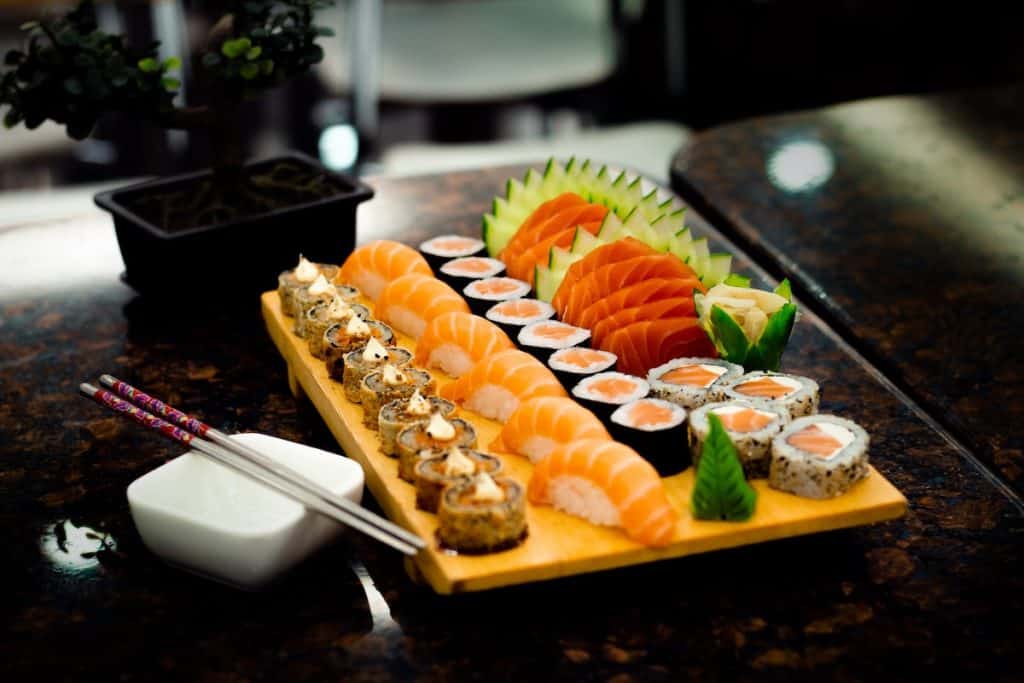
Can sushi be cooked?
If you’re new to sushi, cooked varieties are a good place to start. Sushi that is cooked includes certain kinds of sushi. A California roll, for example, has imitation crab that has been cooked with avocado and cucumber. It’s always cooked if you order eel sushi.
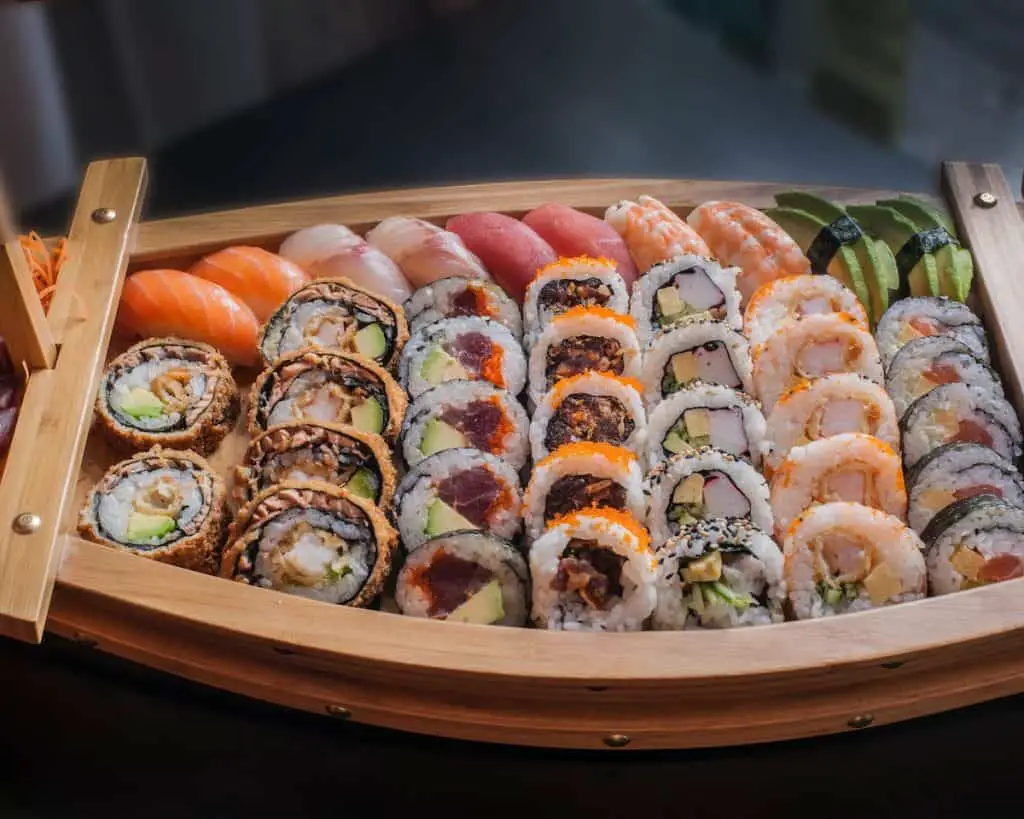
Can sushi cause illness?
Sushi may cause illness if the fish is contaminated with germs or viruses. It’s doubtful that you’ll become infected with a parasite from the fish in the United States. Fish used in sushi has the same risk of bacterial contamination as other types of meat.
One common mistake people make is eating sushi past its shelf life. If you’re wondering if your sushi is still safe to eat, here are 11 signs your sushi has gone bad.
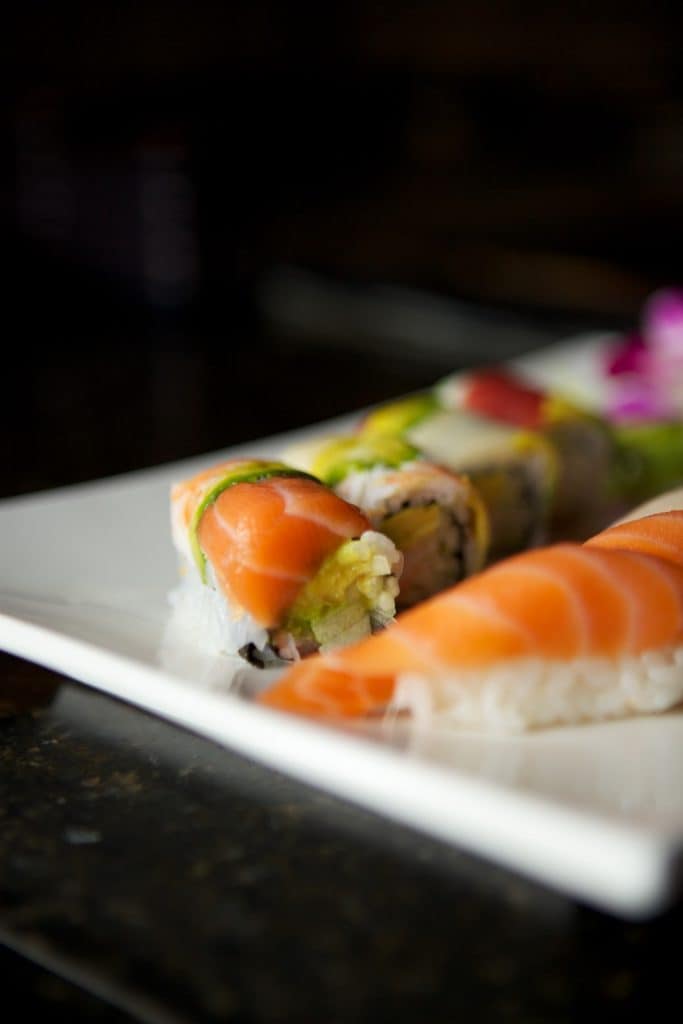
Sushi grade fish
There is no standard for the use of the term “sushi-grade fish.” When this label appears in a store, it simply indicates that the fish is of excellent quality and that you may eat it raw with confidence. After being caught, fish are flash-frozen on board to eliminate any parasites they might contain.
Sushi has a long and illustrious history, and it’s a delectable dish that many people enjoy. Begin with what you’re most comfortable with and work your way up to trying new kinds of sushi at your local restaurant. If you’re feeling brave, you might give this a try by purchasing high-quality sushi-grade fish, rice vinegar, and rice and seaweed wraps to attempt to create your own.
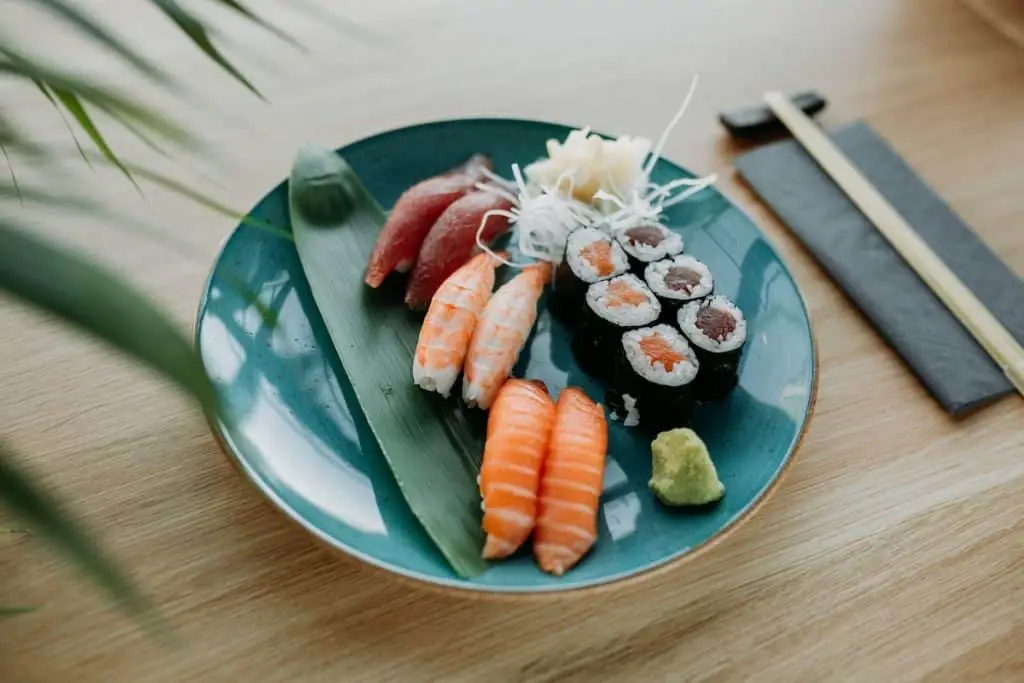
Andre Alexander
Andre tried sushi when he was 12 and was hooked. He studied Japanese in high school and was good enough to earn a free trip to Japan… unsurprisingly, he remembers none of it decades later! As a diving enthusiast, he has a deep appreciation for marine life and sustainability efforts.

